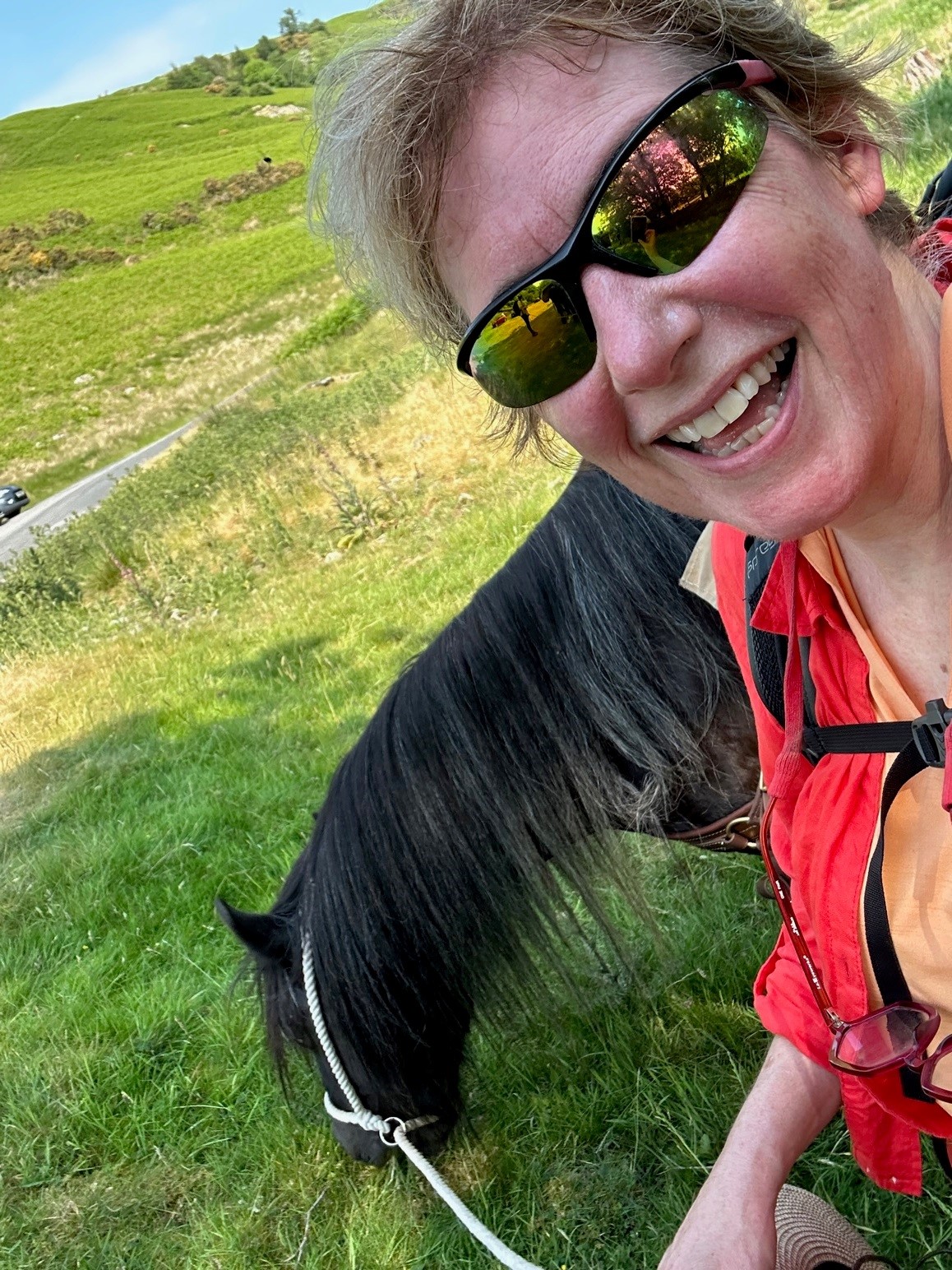Ros' Diary Blog:
Am I the only one old enough to remember Blue Peter years ago, reporting the demise of the last pair of golden eagles in the UK? When his mate died, the last lone male would stoically do his annual mating display, with no appreciative females there to admire his efforts, until eventually he too died in 2015. Black grouse and corncrakes also disappeared, and precious peat soils were washed away under the system of farming subsidies that meant sheep farmers were forced to push production to unsustainable levels in order to survive.
It’s a depressing story, but optimism is now soaring for a return of the golden eagles at Riggindale thanks to the incredible ecology restoration project at RSPB Haweswater on the Lake District’s north-eastern fringe, where two farmsteads are subject to an innovative regenerative farming project led by the RSPB, in collaboration with its landlords, the water company United Utilities.
I was lucky enough to have a closer look at this landscape on a recent wild camping trek, mercifully aided by five adorable native Fell ponies who not only carried our tents and food, but easily navigated the ancient drover’s tracks around Swindale and Mosedale Common, waiting patiently for us to catch up with them at the tops of the hills when we failed to match their pace up the steep rocky tracks.
The trek started with a talk by one of the ecologists based at Naddle Farm, overseen by lead ecologist Lee Schofield who is rapidly gaining attention from the success of his excellent and very readable book ‘Wild Fell’ which tells the story of the struggles and successes of the project so far.
This project has controversially reduced sheep numbers by 90%, not a popular move among other upland farmers, some of whom expressed concerns that the delicate ‘hefting’ traditions of open moorland sheep management could be disturbed by such a radical change. However, the project has also introduced cattle and fell ponies who are managed using conservation ‘mob’ grazing, helping to optimise successful growing conditions for the diverse range of wild flowers that are now happily clothing the upland fells above Haweswater. The belted galloways and highland cattle have now produced some rather interesting ginger calves, complete with the classic white belt of the Galloway cattle, (the famous mint humbugs of the cattle world!).
We admired Naddle farm’s tree nursery where they have raised more than 100,000 native trees and shrubs propagated from locally gathered seeds, and planted in locations guided by the bracken -clothed valleys that indicate previous deciduous woodland, something long missing from the stark upland landscapes.
The project has also restored 400 hectares of peatbog with various re-wetting techniques such as blocking streams with heather bundles to slow the escape of water and reduce erosion and flooding. In a bold move, the project also “rewiggled” Swindale’s artificially canalised valley stream so it can now re-occupy its natural former flood plain complete with fish-friendly gravelly riffles and pools.
A further source of income is from eco-tourism and this is where our amazing wild camping trek came in (thanks to Fell Pony Adventures). We enjoyed badger watching in the hide at Naddle (highly recommended), staggered up hills, swam in waterfalls and enjoyed incredible food and laughter against the backdrop of this extraordinary landscape, humming with new life, flowers and wild creatures, and all of us just very grateful to be there.







